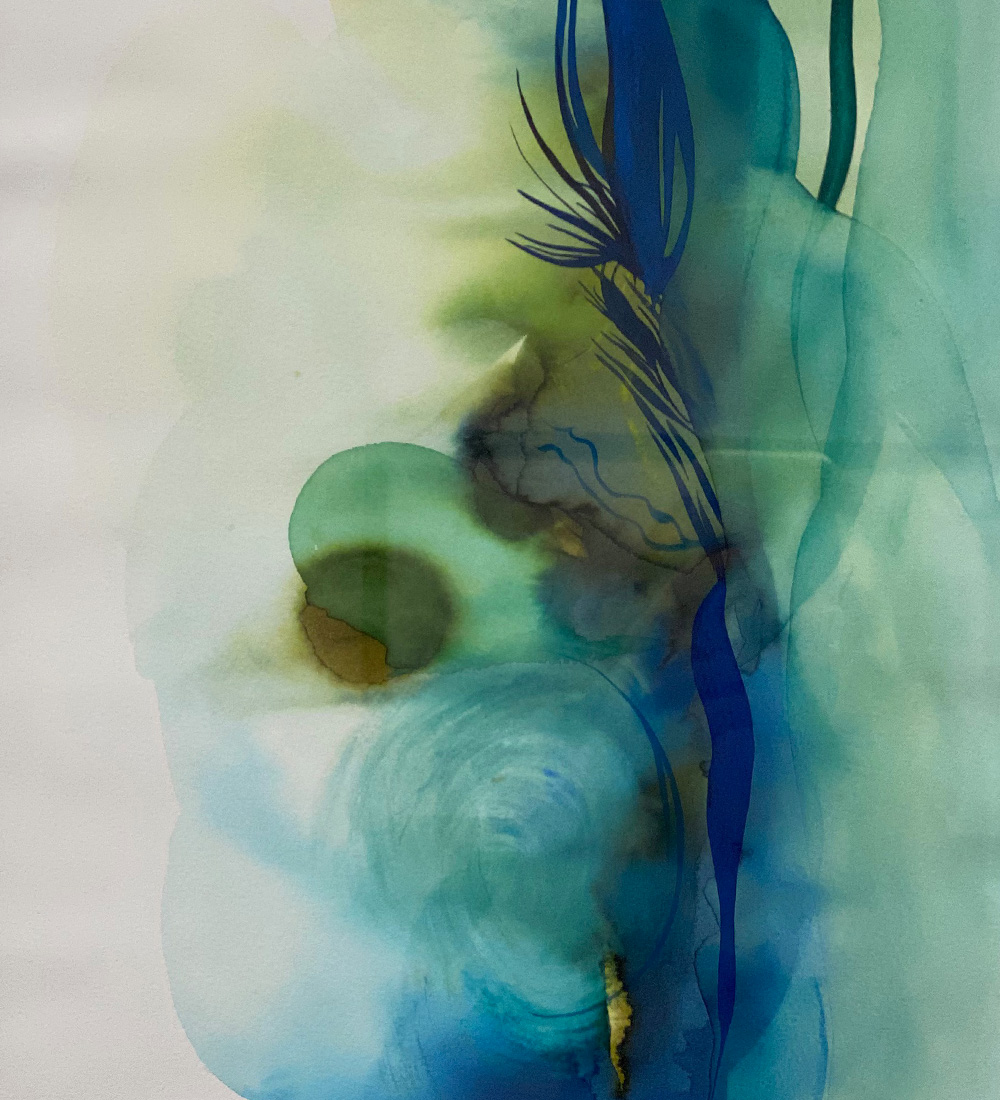LATEST NEWS
Your Questions about Split Abs (Diastasis Rectus Abdominis) Answered
Diastasis rectus abdominus is a hot topic online these days. Many of our pregnant and postpartum patients are concerned about whether they have one and what to do about it. To address this concern, it’s important to understand the normal changes in pregnancy and the postpartum period and the role of our abdominal muscles in everyday activity and exercise. Here are answers to some of the most common questions we get. If you have more questions or want to learn more about how physical therapy with ThriveAgain can help you, click here to schedule a free 15 minute phone consultation with one of our expert physical therapists.
What is diastasis rectus abdominus?
Diastasis rectus abdominus, or DRA, is a separation of the two sides of the rectus abdominus, or six pack, muscle. During pregnancy, this separation is a normal part of how the body makes room for the growing fetus. Like many parts of pregnancy, DRA can cause discomfort for some people while for others, it is not bothersome at all.

Can I have DRA if I’ve never been pregnant?
Yes. Any time there is increased pressure inside the abdomen for a long period of time, it is possible to have separation between the abdominal muscles. This can happen with lung and breathing problems, repetitive strenuous activity without the right body mechanics and breathing patterns, or pressure from abdominal fat or bloating. No matter the cause of your DRA, physical therapy can help minimize your symptoms and optimize your core support while doing the activities that matter to you.
How can physical therapy help with my DRA?
The goal of physical therapy is to get your core muscles working to provide your body with support and stability. We use a variety of manual techniques to address restrictions in soft tissues and joints that can prevent your muscles from firing, and then teach you how to use your deep core muscles to stabilize your body. Gentle manual physical therapy throughout the second half of pregnancy may be able to minimize the formation or severity of a DRA by gently releasing some of the tension at the sides and back of your abdomen which tend to pull abdominal muscles apart. This allows a more comfortable expansion of your abdomen throughout, easing some of the uncomfortable tightness, and pressure pushing down on your pelvic area and up into your stomach and lungs. We also use rehabilitative ultrasound imaging to show you which muscles are working and how your DRA changes during exercise and over the course of treatment. In cases where there is significant discomfort or you are unable to do your daily activities without your abdomen doming, we may recommend supportive bracing or taping.
After the baby is born, does DRA go away on its own?
Sometimes yes and sometimes no. Pregnancy and childbirth, whether vaginal or cesarean, are big physical challenges for your body and different people need different amounts of help to recover. During pregnancy, the abdominal tissues become stretched and elongated and often need training to begin working again at their shorter postpartum length.
If my belly sticks out postpartum, does that mean I have DRA?
Maybe. Even if there isn’t a separation, abdominal tissues need to stretch and elongate to accommodate the fetus and will likely feel and appear loose postpartum whether or not there is a DRA.

How do I know if I have DRA?
The most common sign of DRA is a doming along the midline of the abdomen with activities such as lifting, doing a sit up, arching backwards in standing, or bearing down for a bowel movement. You may also notice difficulty with these activities because the muscles aren’t able to activate well. The doming tends to be in a sausage shape and can be above or below the belly button, or both. Depending on your body type and the amount of separation, this doming might be visible, or you may just be able to feel it with your hand. The area may also be sensitive to touch.
Will working on my DRA give me a flat belly?
In part. When the abdominal muscles are working optimally, they provide support for the organs inside leading to a flatter appearance and a more “held-together” feeling. However, it’s also normal to have postpartum changes to the skin and tissues outside of the muscles, which won’t necessarily change with muscle training. Time is also a factor. It usually takes about a year after delivery for your body to recover from childbirth and hormones from breastfeeding can stay in the body for up to four months after weaning. Still, it’s rare that things look exactly the same postpartum as they did before pregnancy, but this shouldn’t stop you from gaining the strength and stability you need to go about your day-to-day and return to your favorite activities.
How does DRA affect the way my body works?
The two rectus abdominus (six-pack) muscles are linked by a connective tissue structure called the linea alba. The linea alba is responsible for transferring force and tension from one side body to the other. This is important for holding our organs in our bellies and for any time we need to use our abdominal muscles, which is any time we move! The abdominal muscles, as part of our core stability system, need to be active for our bodies to be able to move as one unit, whether it’s keeping our pelvis steady as we walk, or keeping our upper and lower body connected as we roll or turn. You can see this pricinple at work in infants as they learn to move. First they learn to move their arms and legs, but they don’t start rolling until the core muscles start working.
Does working on my DRA strengthen my pelvic floor?
It depends. The deepest abdominal muscle, called the transversus abdominus, works together with the pelvic floor to stabilize the pelvis. Normally, when you contract the transversus abdominus, you get a partial contraction of the pelvic floor and vice versa. When the transversus abdominus is not contracting well, the pelvic floor might also have trouble contracting, or it might become overactive to compensate for the underactive transversus abdominus. Learning to use your deep core muscles can be a part of correcting pelvic floor problems whether from over or underactivity.
When should I seek physical therapy for my DRA?
- You notice doming along the midline of your abdomen
- You have increased sensitivity along the midline of your abdomen
- You notice difficulty engaging your abdominal muscles to lift, change positions, bear down for a bowel movement, or complete other activities that are important to you
- You’re not sure if there’s a problem and want an expert opinion
It’s normal to see changes in our bodies throughout our lives and especially in pregnancy and postpartum. Physical therapy is here to help you get back to the activities that are important to you and to feel capable, strong, and powerful in your body! You can schedule your comprehensive evaluation online here or request a free 15 minute phone consultation to learn more about what personalized treatment will look like for you. Other questions? Call us at 202-803-2068.
